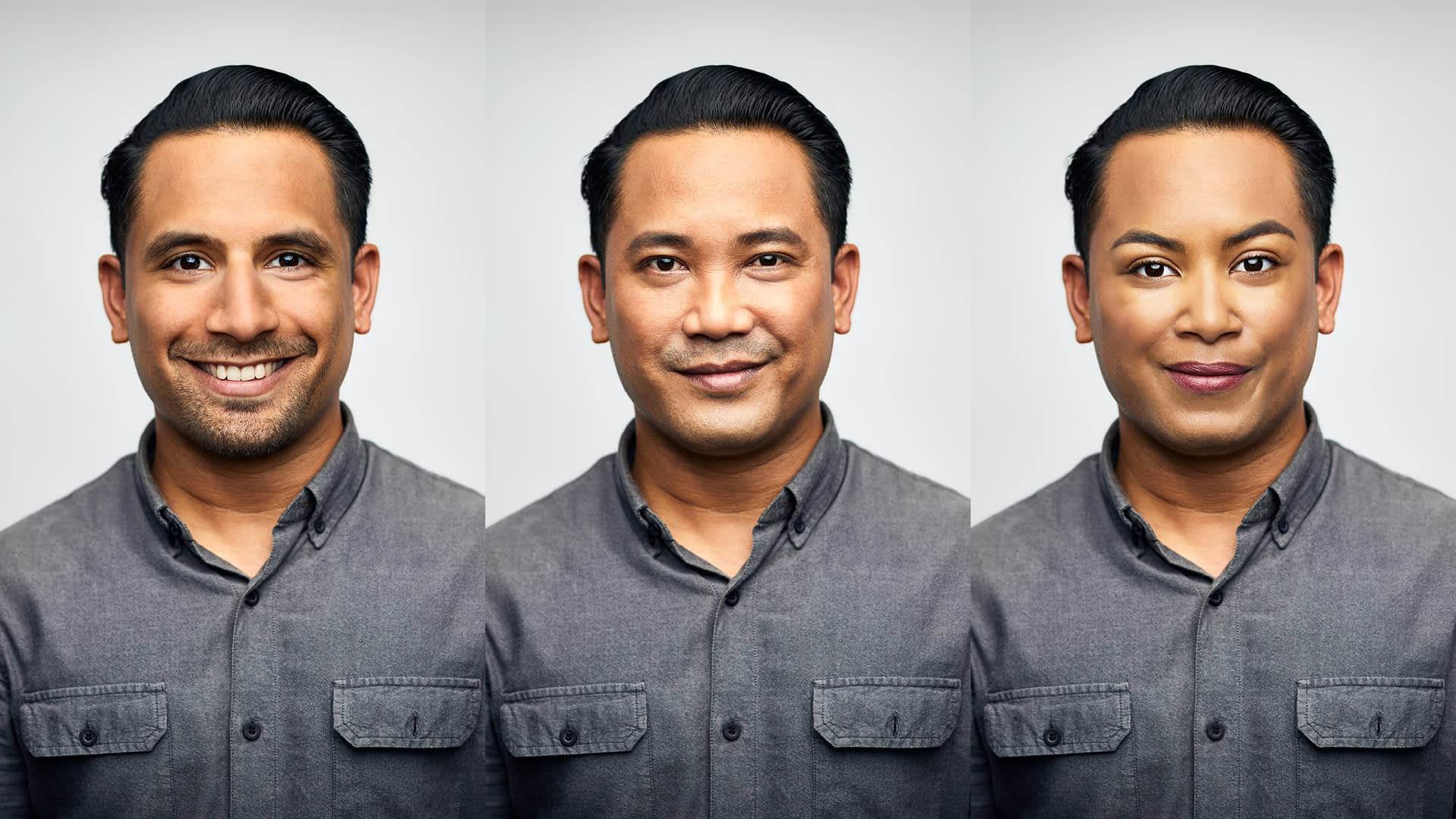Radar-Camera Pixel Depth Association for Depth Completion
arXiv preprintYunfei Long, Daniel Morris, Xiaoming Liu, Marcos Castro, Punarjay Chakravarty, Praveen Narayanan
2021
While radar and video data can be readily fused at the detection level, fusing them at the pixel level is potentially more beneficial. This is also more challenging in part due to the sparsity of radar, but also because automotive radar beams are much wider than a typical pixel combined with a large baseline between camera and radar, which results in poor association between radar pixels and color pixel. A consequence is that depth completion methods designed for LiDAR and video fare poorly for radar and video. Here we propose a radar-to-pixel association stage which learns a mapping from radar returns to pixels. This mapping also serves to densify radar returns. Using this as a first stage, followed by a more traditional depth completion method, we are able to achieve image-guided depth completion with radar and video. We demonstrate performance superior to camera and radar alone on the nuScenes dataset. Our source code is available at this https URL.
View more
Riggable 3D Face Reconstruction via In-Network Optimization
arXiv preprintZiqian Bai, Zhaopeng Cui, Xiaoming Liu, Ping Tan
2021
This paper presents a method for riggable 3D face reconstruction from monocular images, which jointly estimates a personalized face rig and per-image parameters including expressions, poses, and illuminations. To achieve this goal, we design an end-to-end trainable network embedded with a differentiable in-network optimization. The network first parameterizes the face rig as a compact latent code with a neural decoder, and then estimates the latent code as well as per-image parameters via a learnable optimization. By estimating a personalized face rig, our method goes beyond static reconstructions and enables downstream applications such as video retargeting. In-network optimization explicitly enforces constraints derived from the first principles, thus introduces additional priors than regression-based methods. Finally, data-driven priors from deep learning are utilized to constrain the ill-posed monocular setting and ease the optimization difficulty. Experiments demonstrate that our method achieves SOTA reconstruction accuracy, reasonable robustness and generalization ability, and supports standard face rig applications.
View more
Depth Completion with Twin Surface Extrapolation at Occlusion Boundaries
arXiv preprintSaif Imran, Xiaoming Liu, Daniel Morris
2021
Depth completion starts from a sparse set of known depth values and estimates the unknown depths for the remaining image pixels. Most methods model this as depth interpolation and erroneously interpolate depth pixels into the empty space between spatially distinct objects, resulting in depth-smearing across occlusion boundaries. Here we propose a multi-hypothesis depth representation that explicitly models both foreground and background depths in the difficult occlusion-boundary regions. Our method can be thought of as performing twin-surface extrapolation, rather than interpolation, in these regions. Next our method fuses these extrapolated surfaces into a single depth image leveraging the image data. Key to our method is the use of an asymmetric loss function that operates on a novel twin-surface representation. This enables us to train a network to simultaneously do surface extrapolation and surface fusion. We characterize our loss function and compare with other common losses. Finally, we validate our method on three different datasets; KITTI, an outdoor real-world dataset, NYU2, indoor real-world depth dataset and Virtual KITTI, a photo-realistic synthetic dataset with dense groundtruth, and demonstrate improvement over the state of the art.
View more
Unified Detection of Digital and Physical Face Attacks
arXiv preprintDebayan Deb, Xiaoming Liu, Anil K Jain
2021
State-of-the-art defense mechanisms against face attacks achieve near perfect accuracies within one of three attack categories, namely adversarial, digital manipulation, or physical spoofs, however, they fail to generalize well when tested across all three categories. Poor generalization can be attributed to learning incoherent attacks jointly. To overcome this shortcoming, we propose a unified attack detection framework, namely UniFAD, that can automatically cluster 25 coherent attack types belonging to the three categories. Using a multi-task learning framework along with k-means clustering, UniFAD learns joint representations for coherent attacks, while uncorrelated attack types are learned separately. Proposed UniFAD outperforms prevailing defense methods and their fusion with an overall TDR = 94.73% @ 0.2% FDR on a large fake face dataset consisting of 341K bona fide images and 448K attack images of 25 types across all 3 categories. Proposed method can detect an attack within 3 milliseconds on a Nvidia 2080Ti. UniFAD can also identify the attack types and categories with 75.81% and 97.37% accuracies, respectively.
View more
Fully Understanding Generic Objects: Modeling, Segmentation, and Reconstruction
arXiv preprintFeng Liu, Luan Tran, Xiaoming Liu
2021
Inferring 3D structure of a generic object from a 2D image is a long-standing objective of computer vision. Conventional approaches either learn completely from CAD-generated synthetic data, which have difficulty in inference from real images, or generate 2.5D depth image via intrinsic decomposition, which is limited compared to the full 3D reconstruction. One fundamental challenge lies in how to leverage numerous real 2D images without any 3D ground truth. To address this issue, we take an alternative approach with semi-supervised learning. That is, for a 2D image of a generic object, we decompose it into latent representations of category, shape and albedo, lighting and camera projection matrix, decode the representations to segmented 3D shape and albedo respectively, and fuse these components to render an image well approximating the input image. Using a category-adaptive 3D joint occupancy field (JOF), we show that the complete shape and albedo modeling enables us to leverage real 2D images in both modeling and model fitting. The effectiveness of our approach is demonstrated through superior 3D reconstruction from a single image, being either synthetic or real, and shape segmentation.
View more










